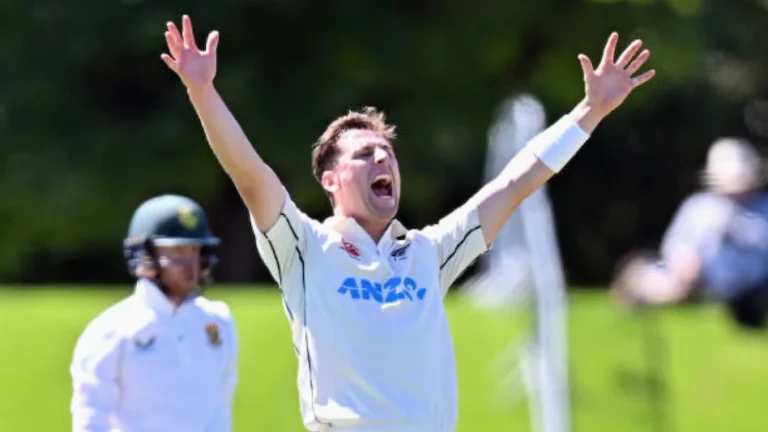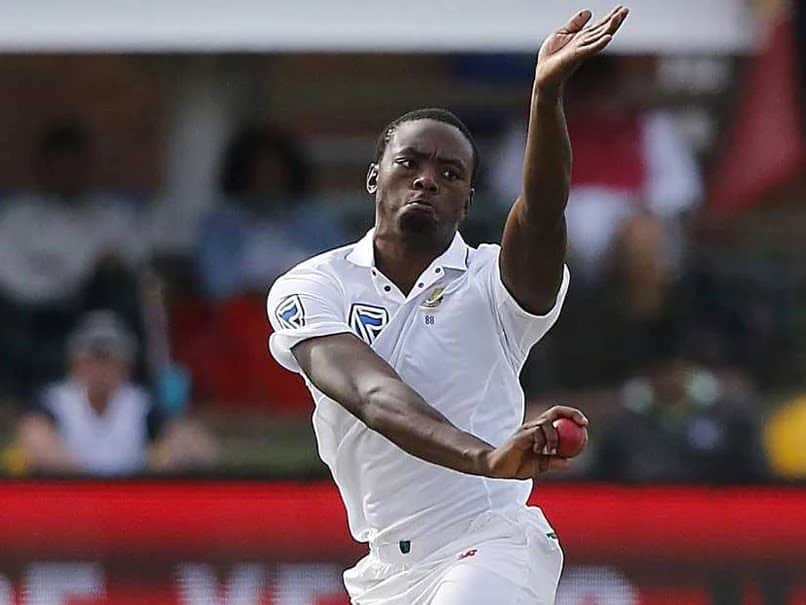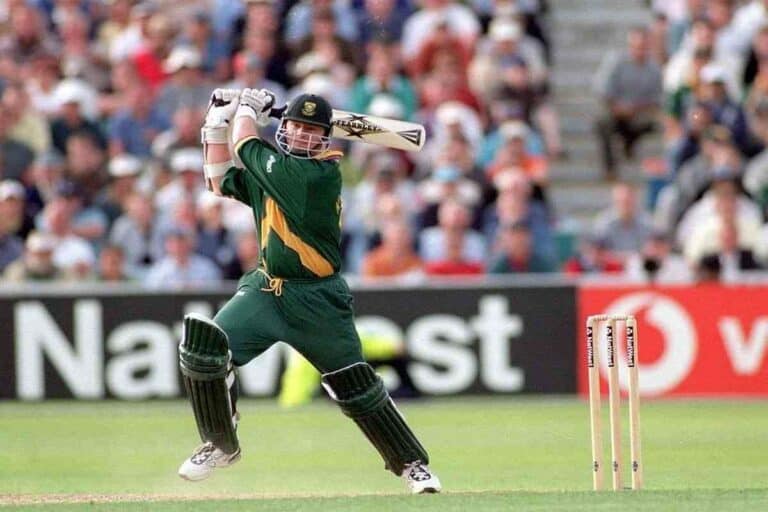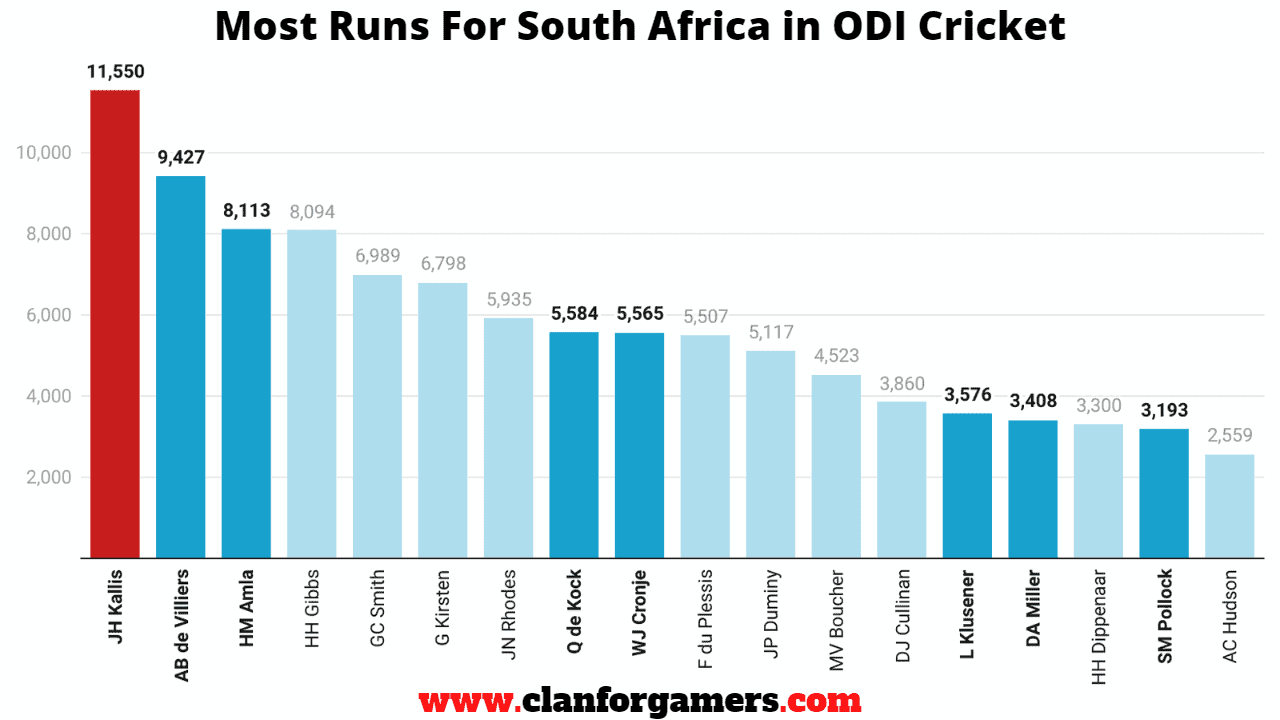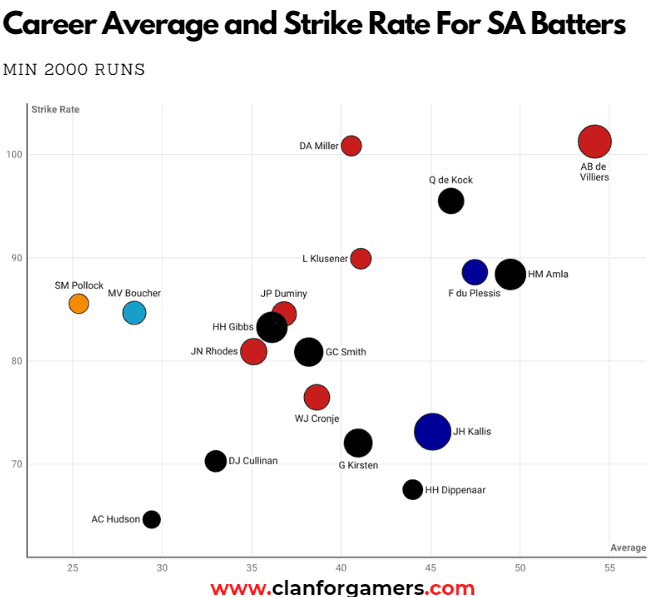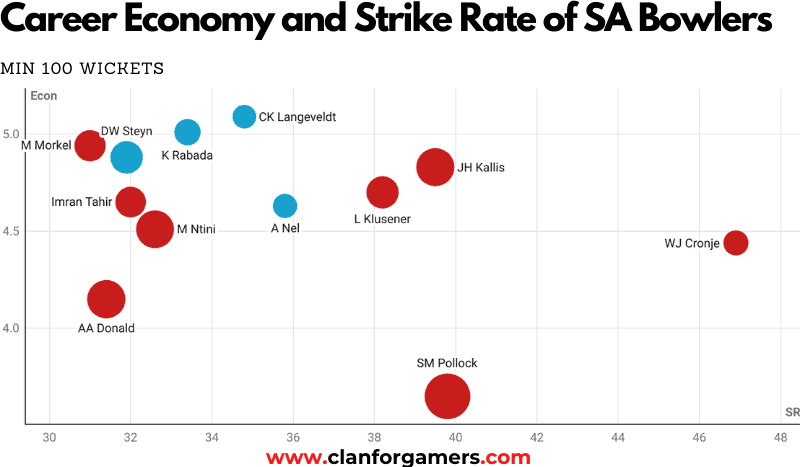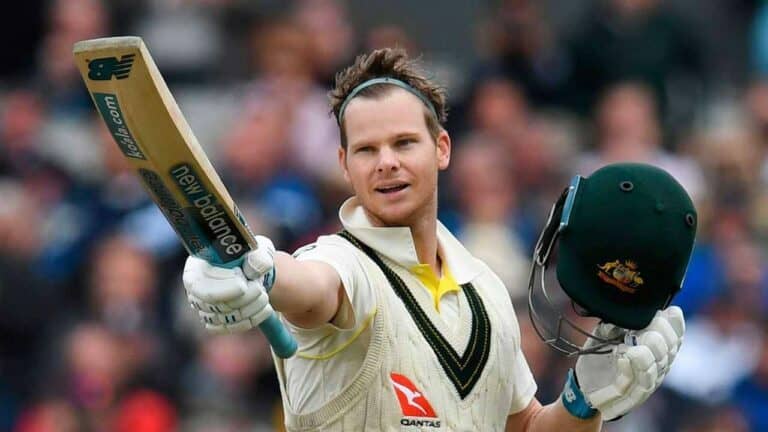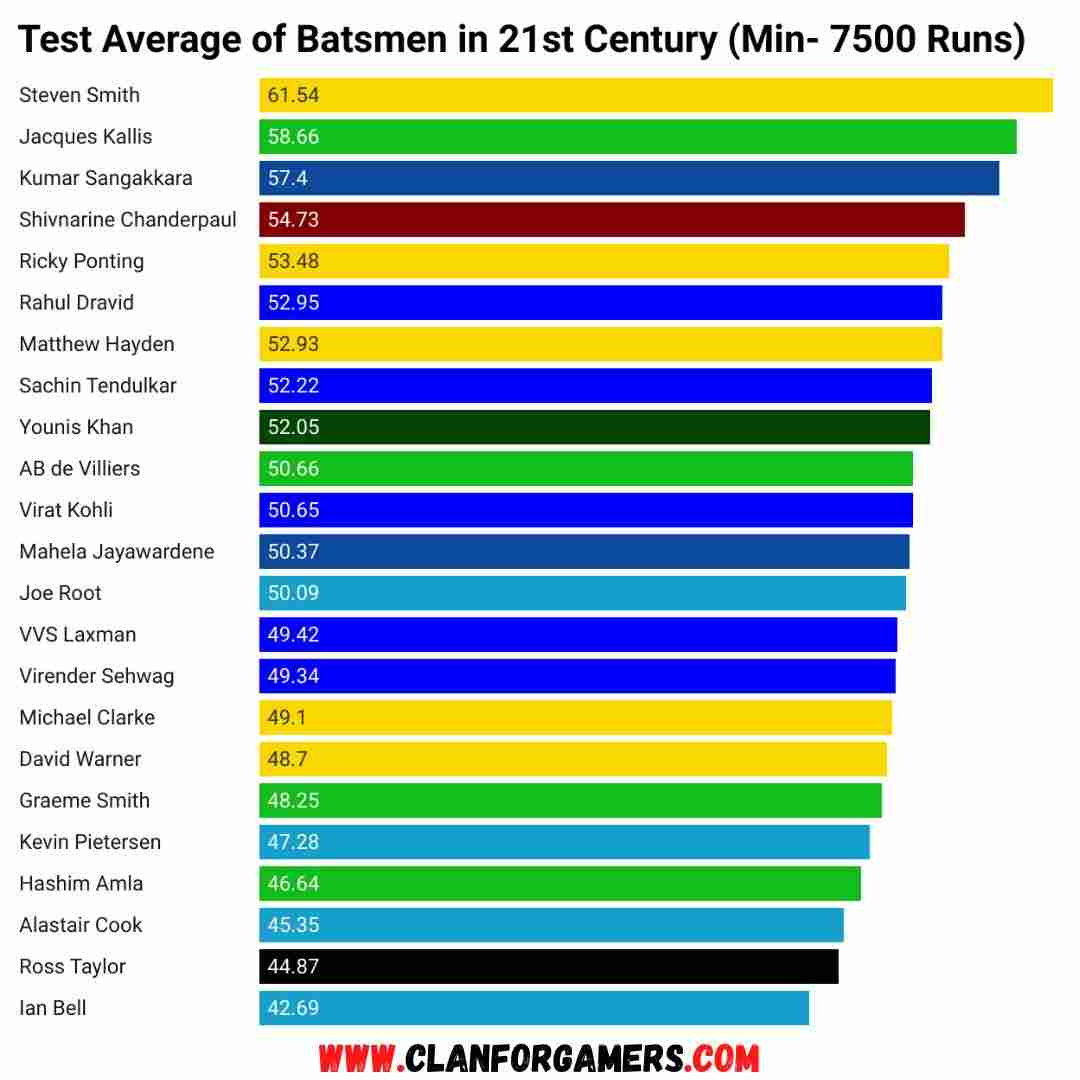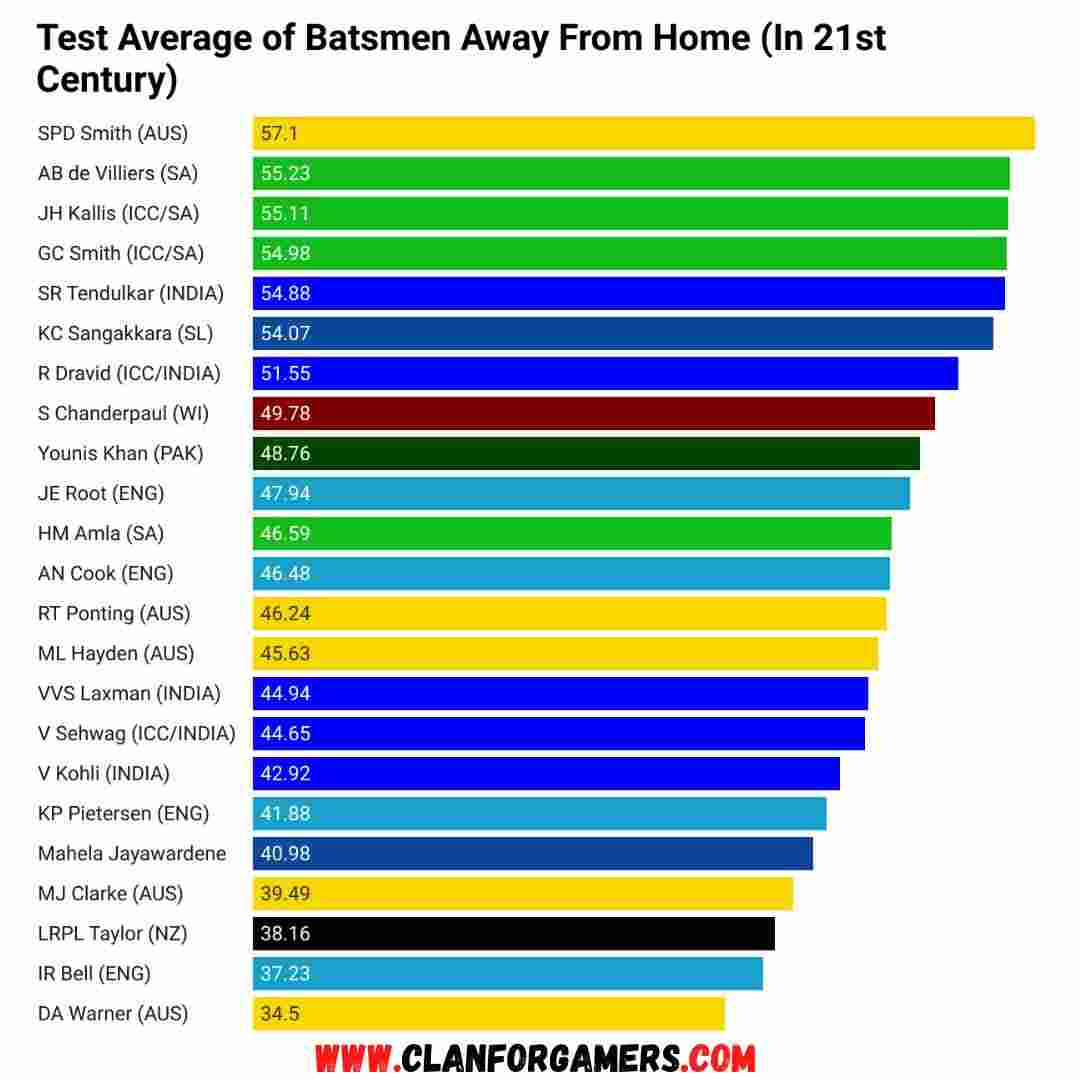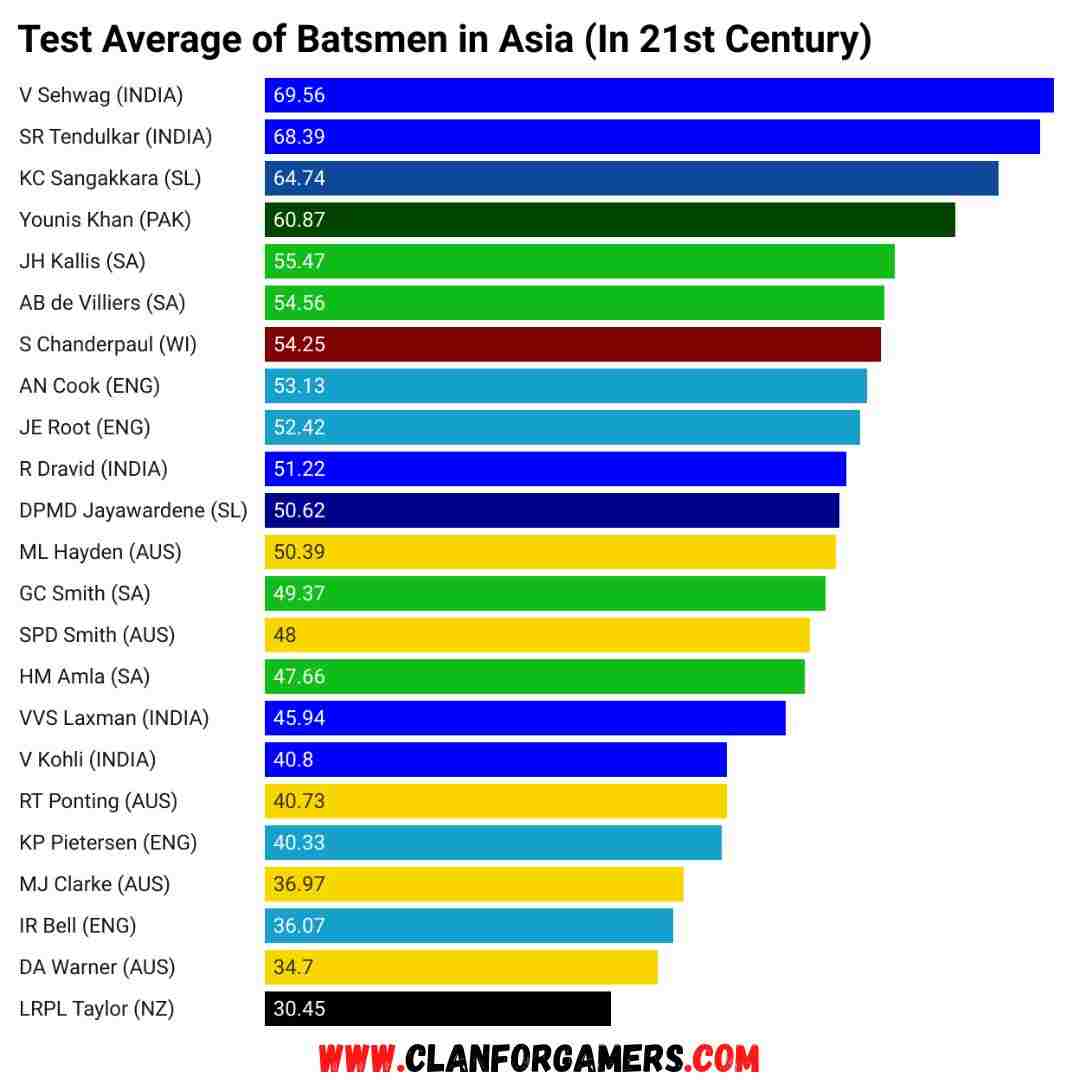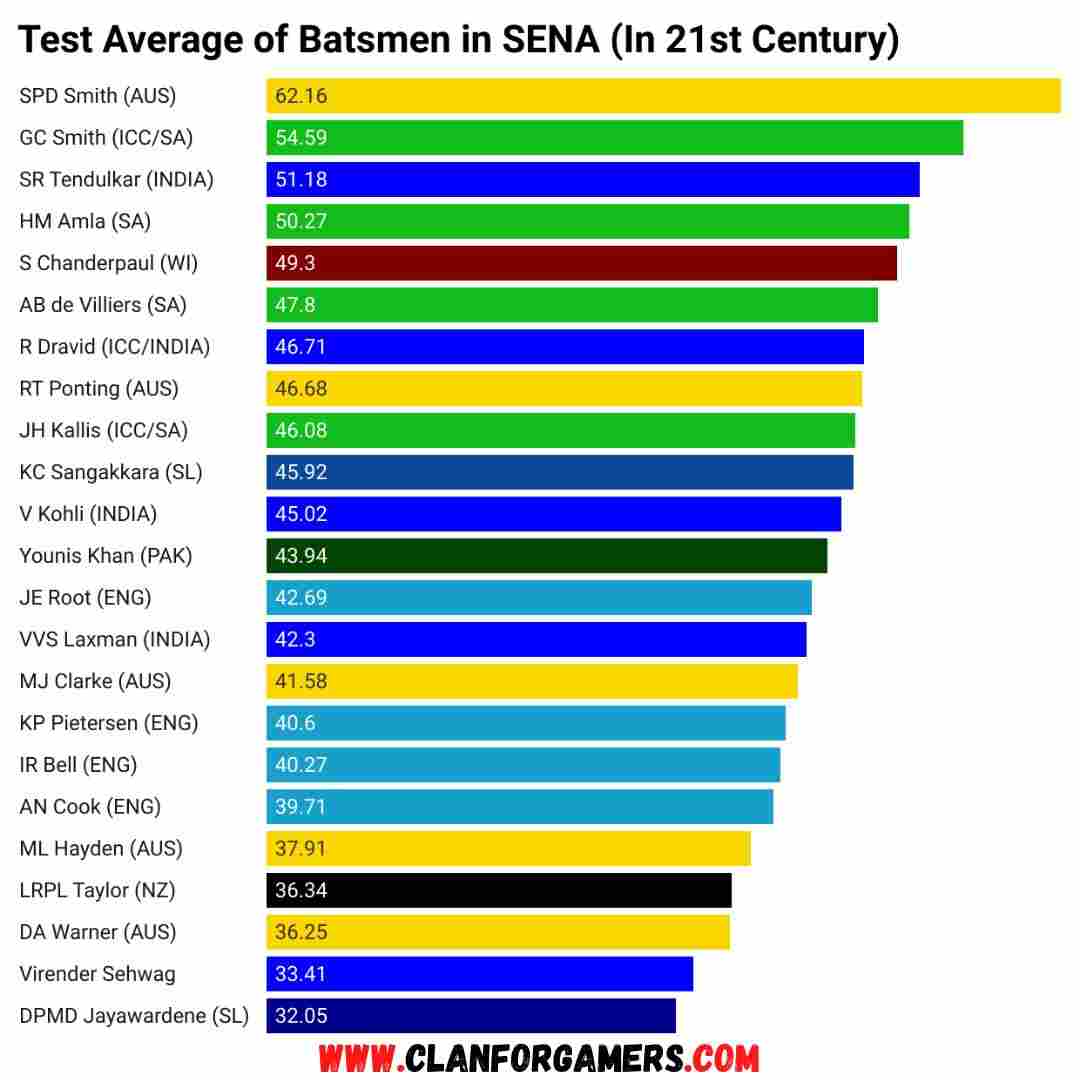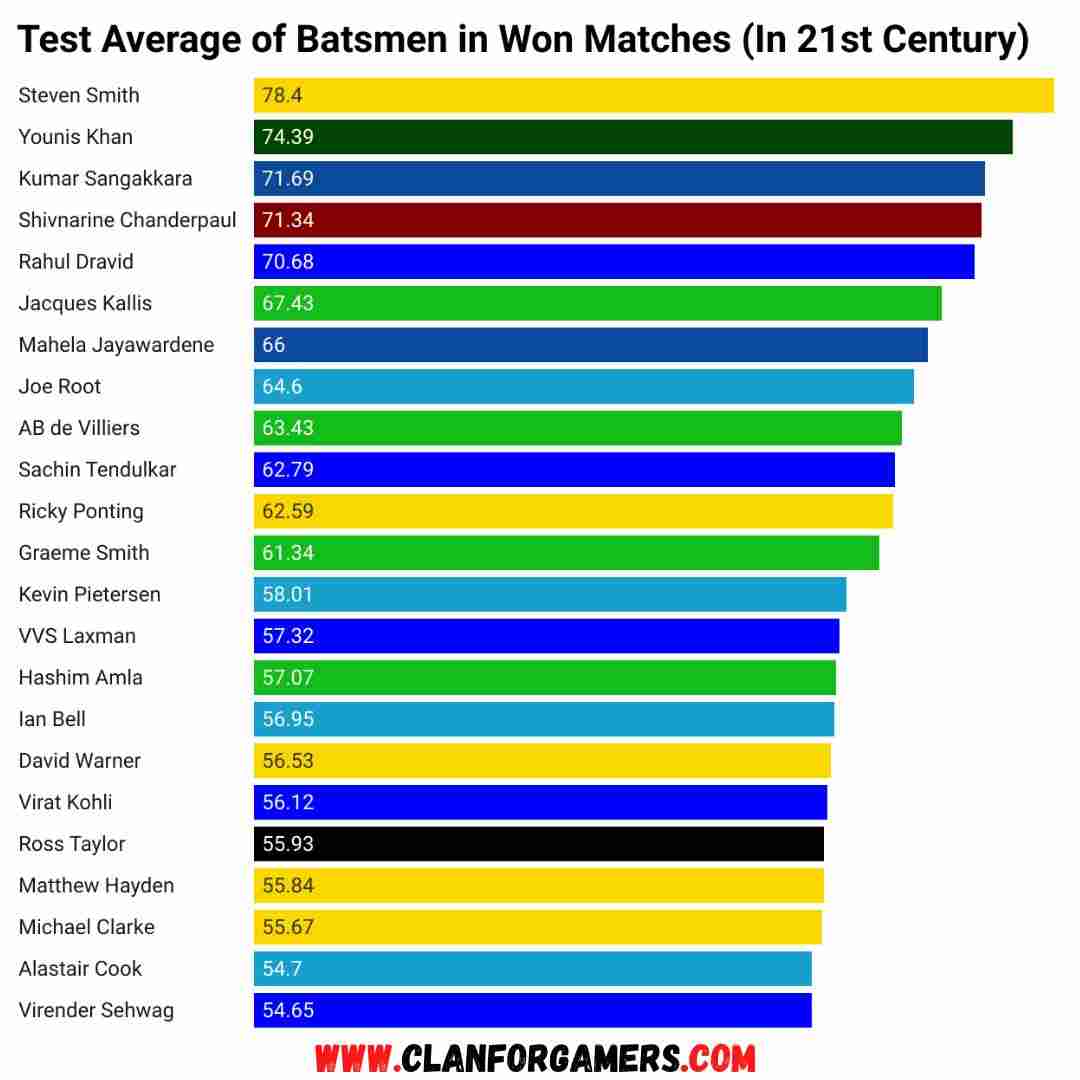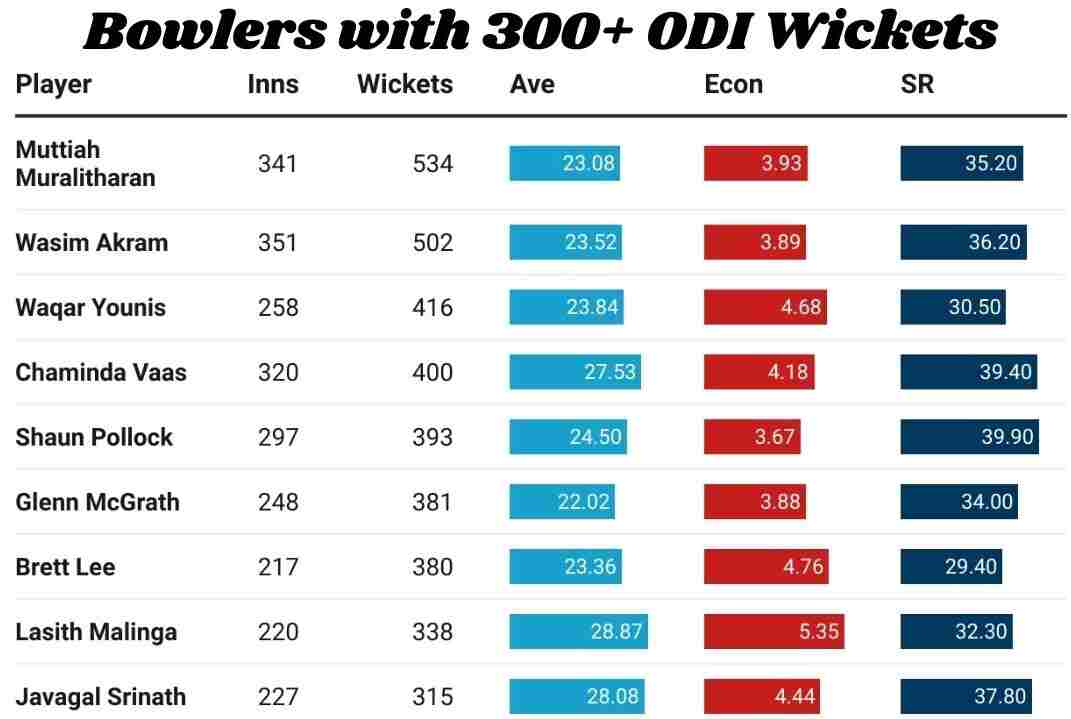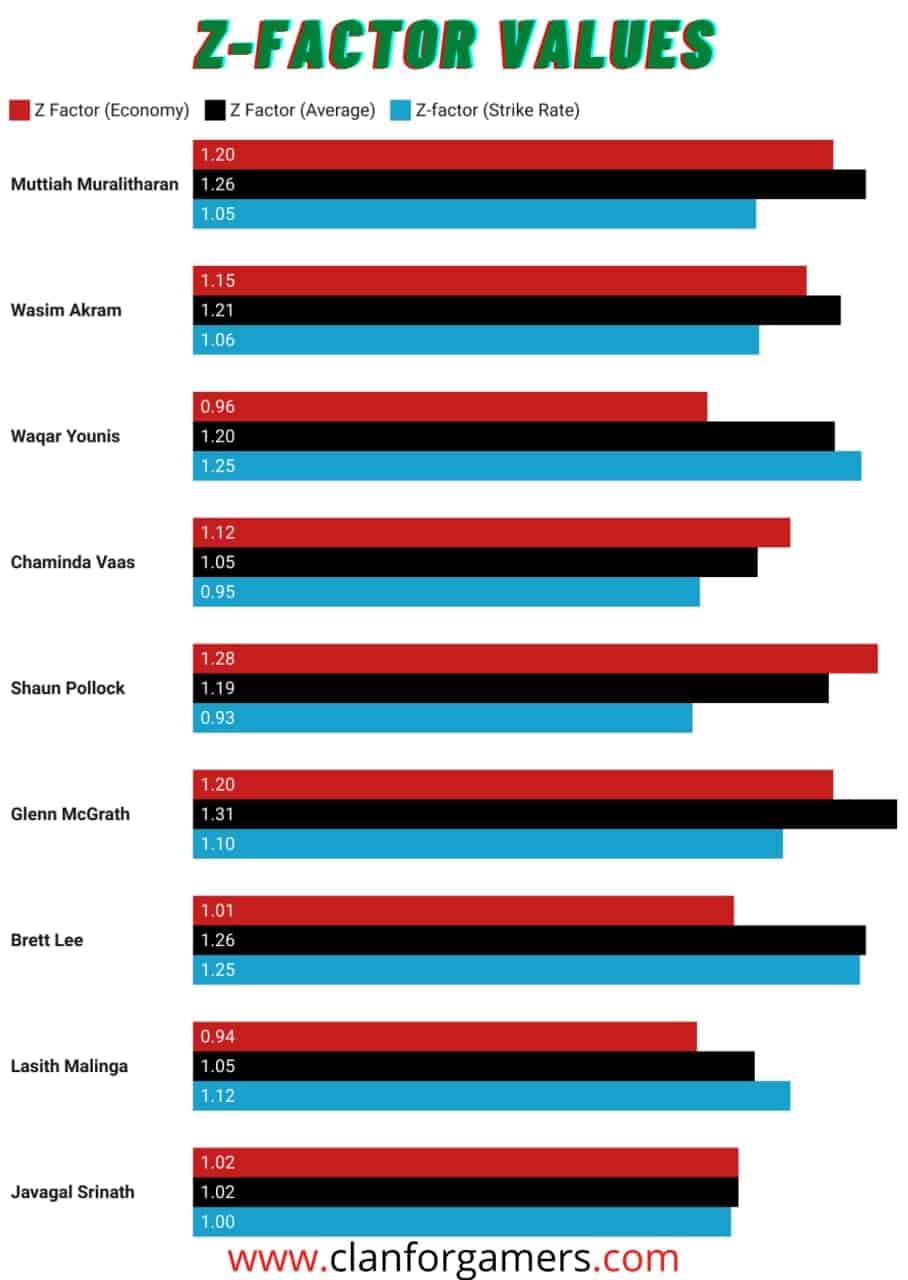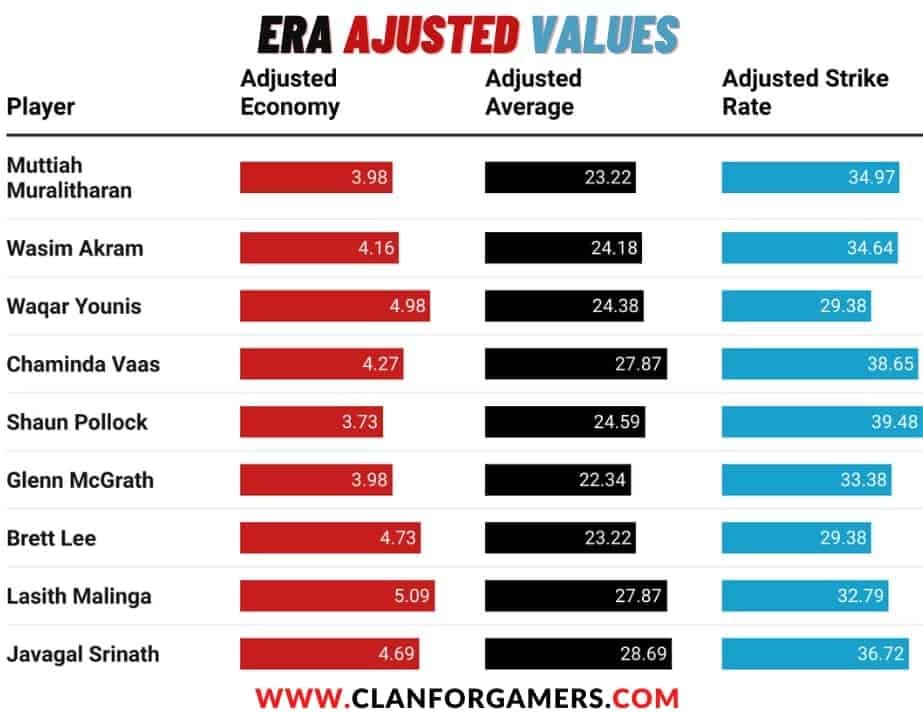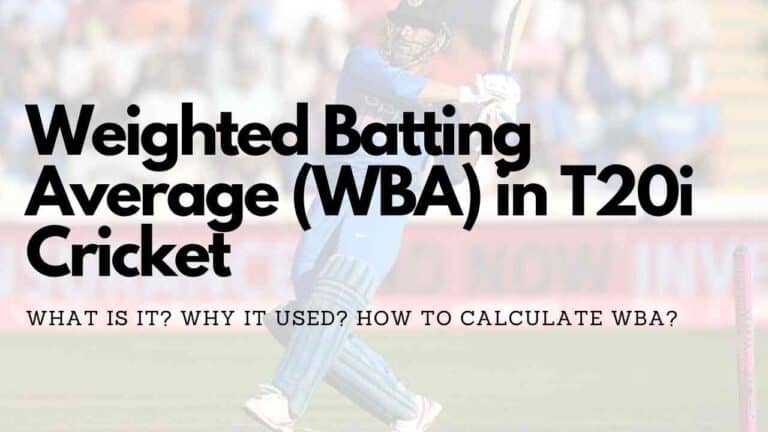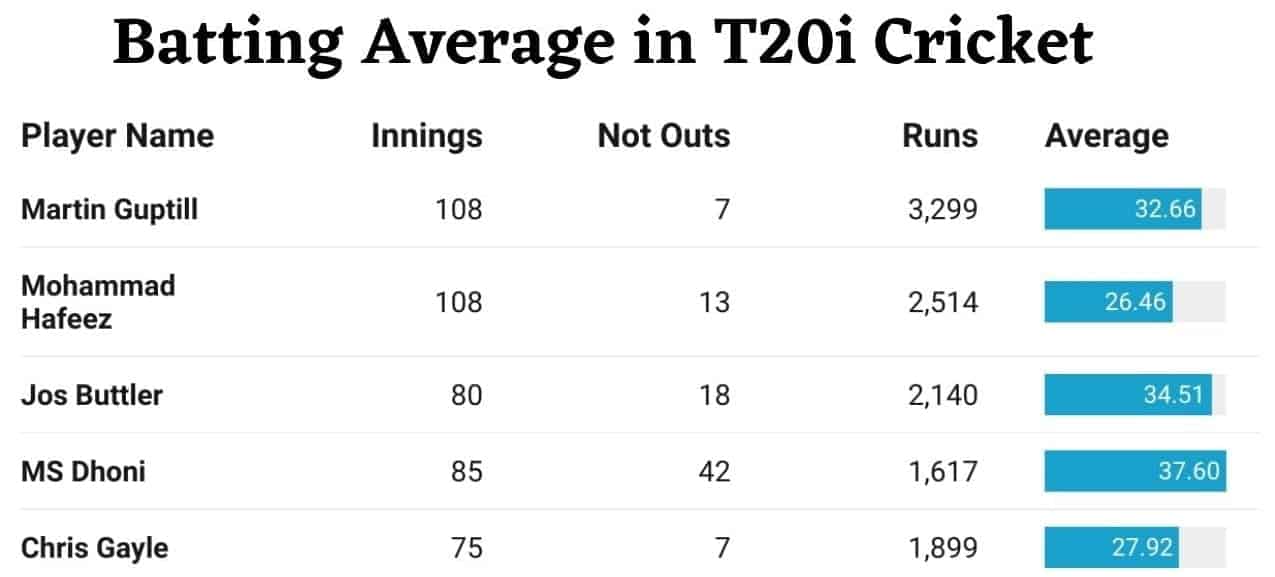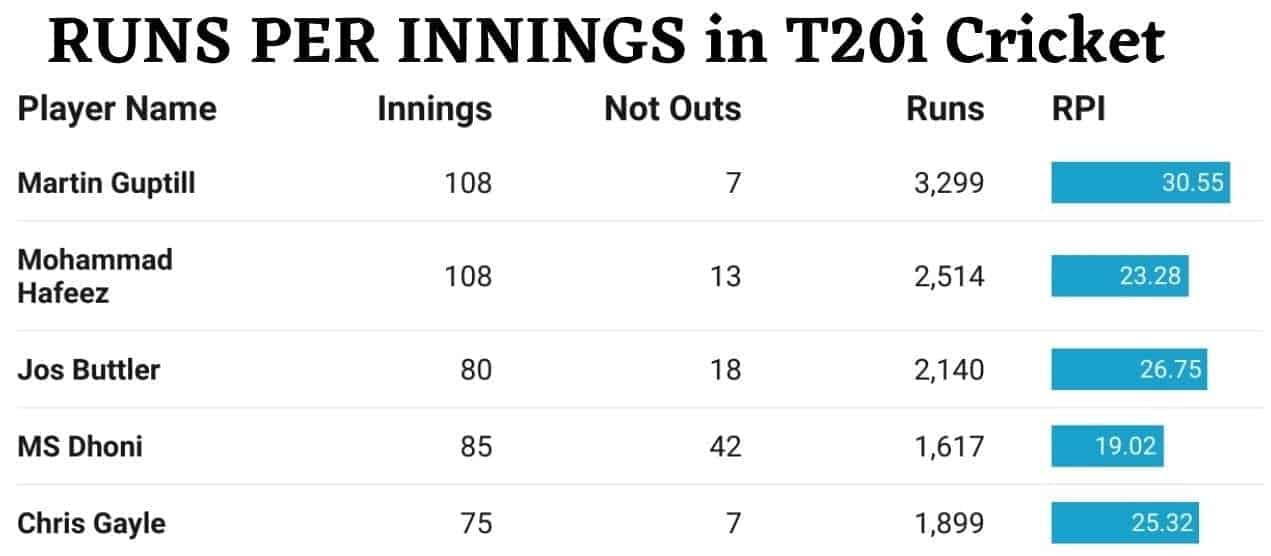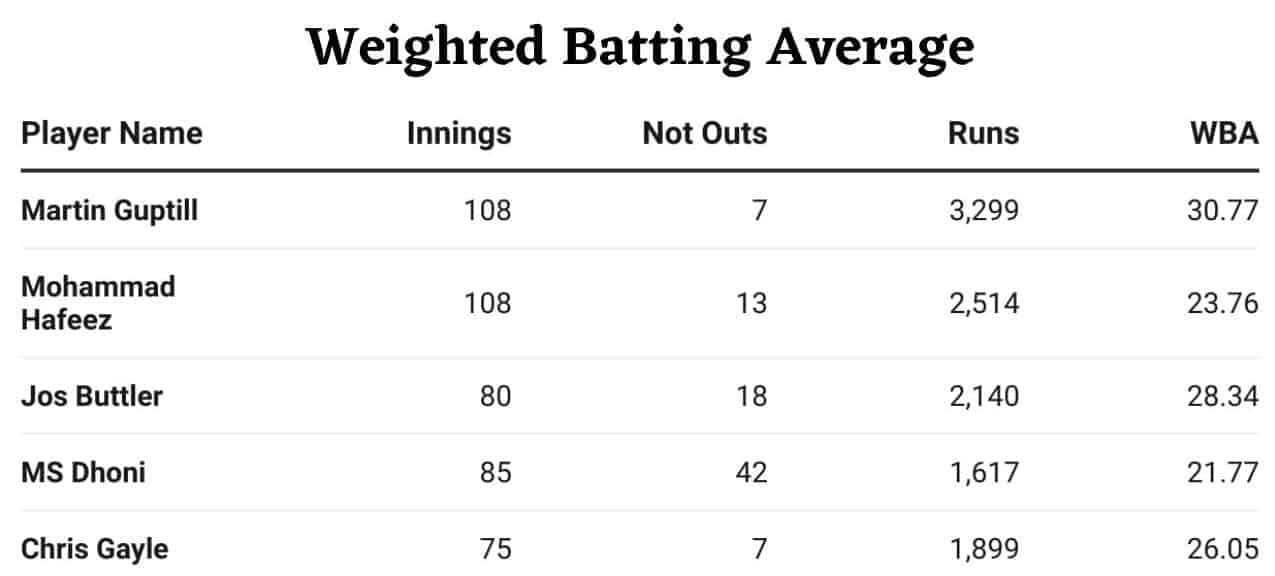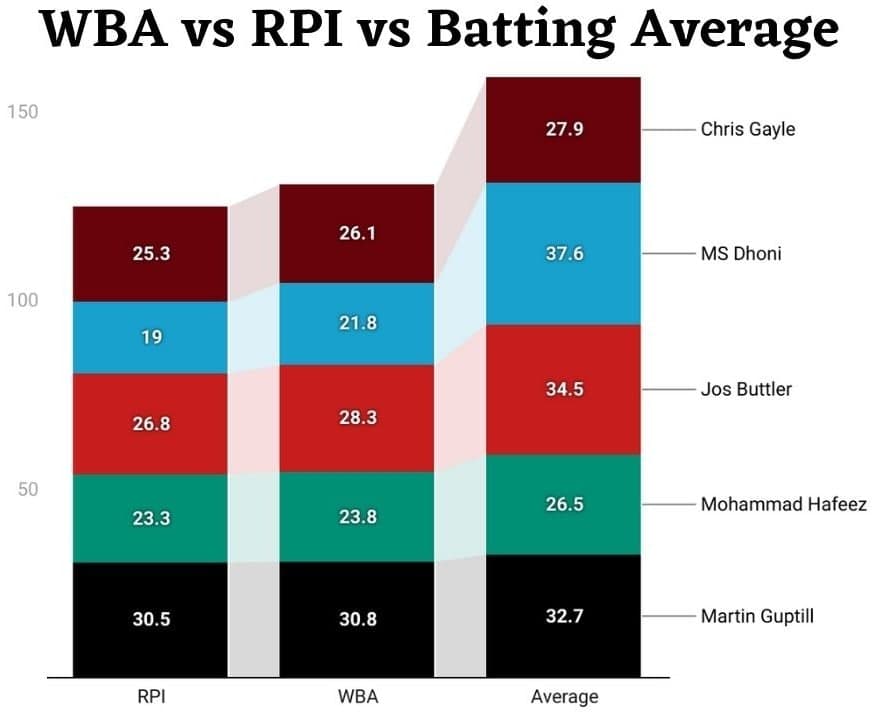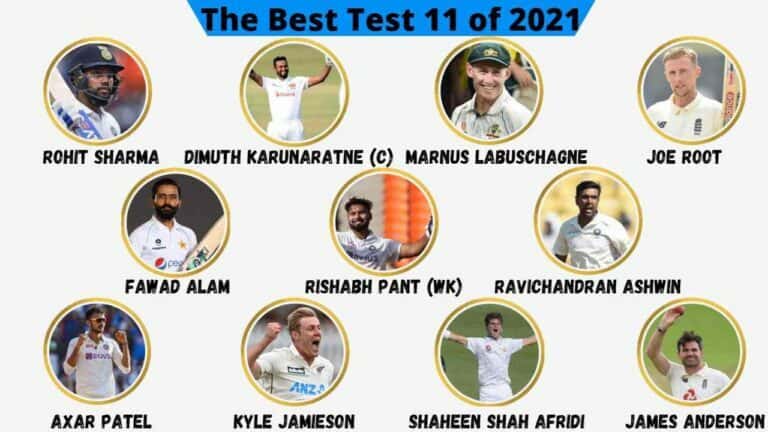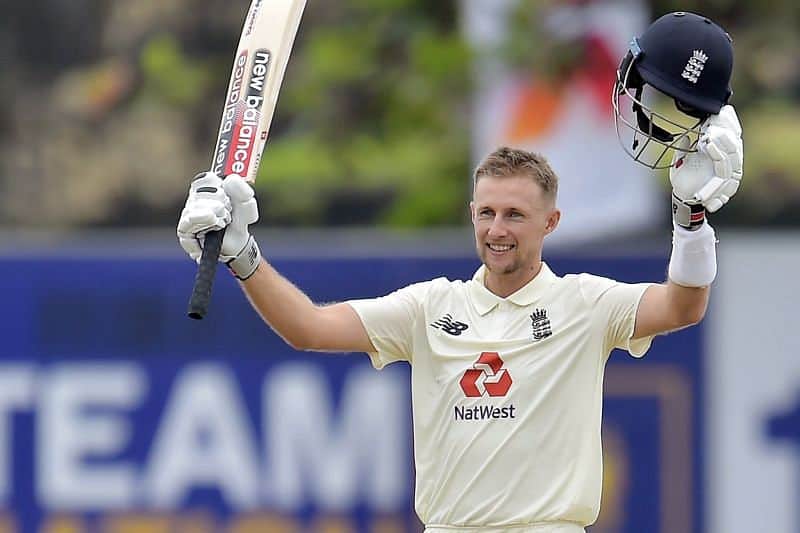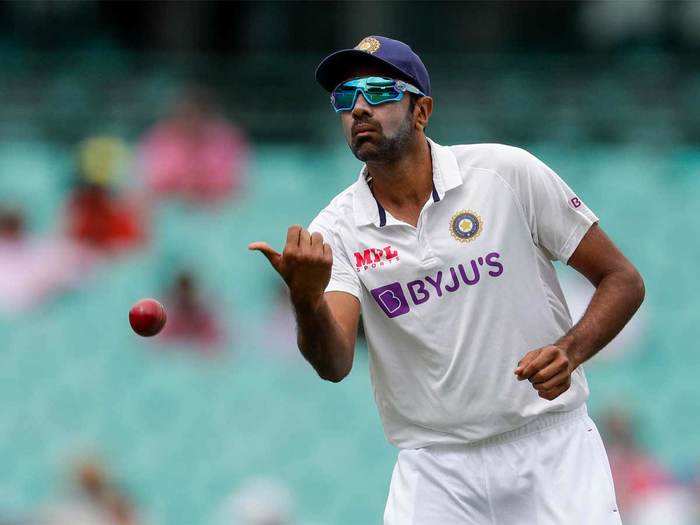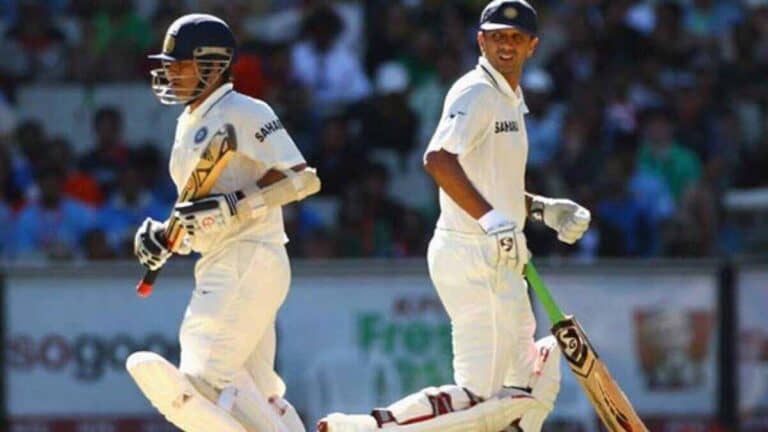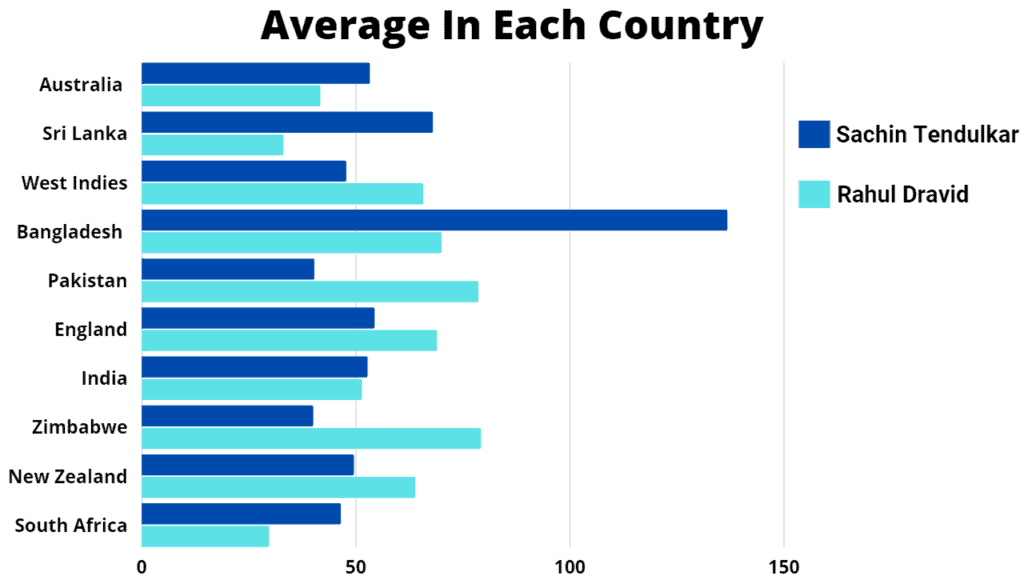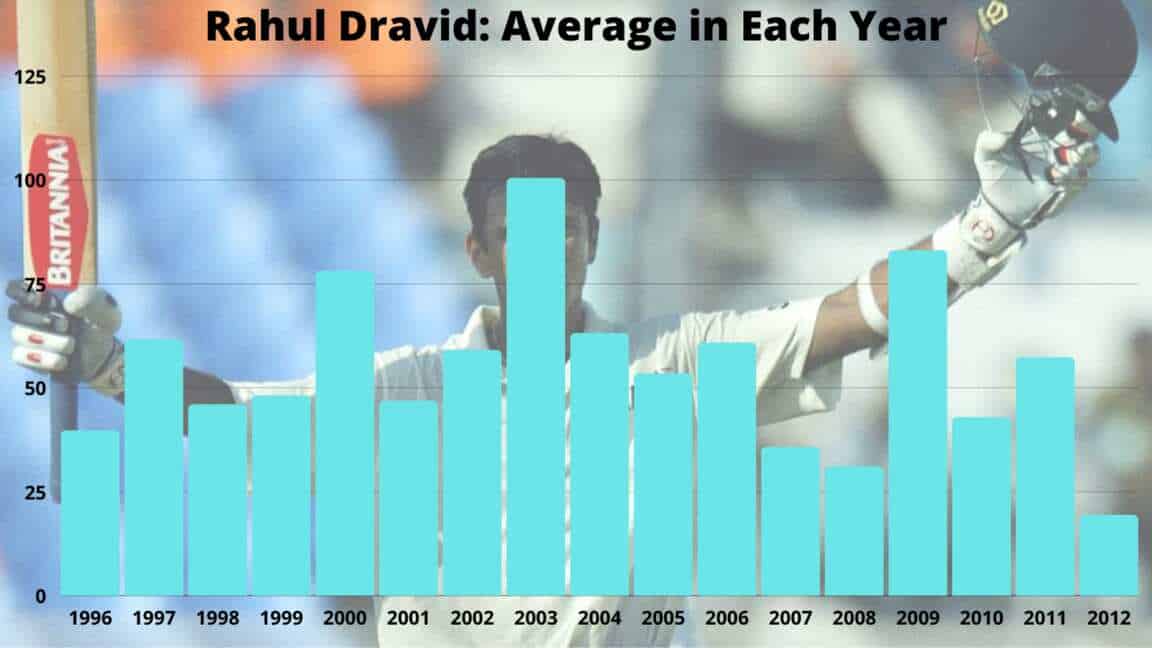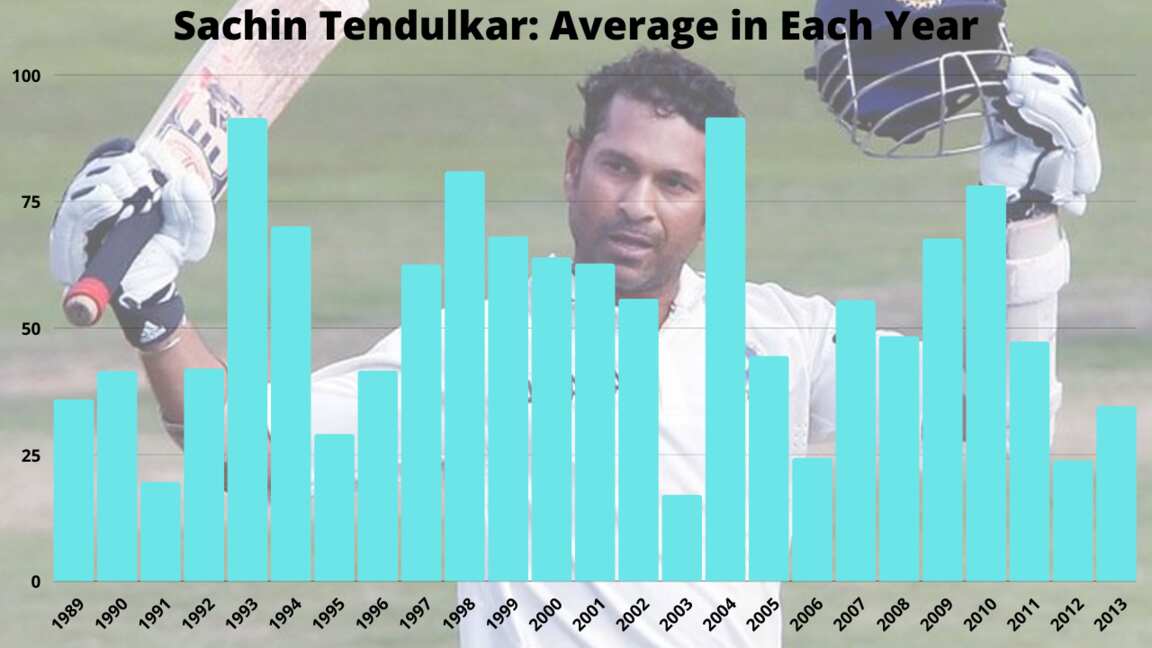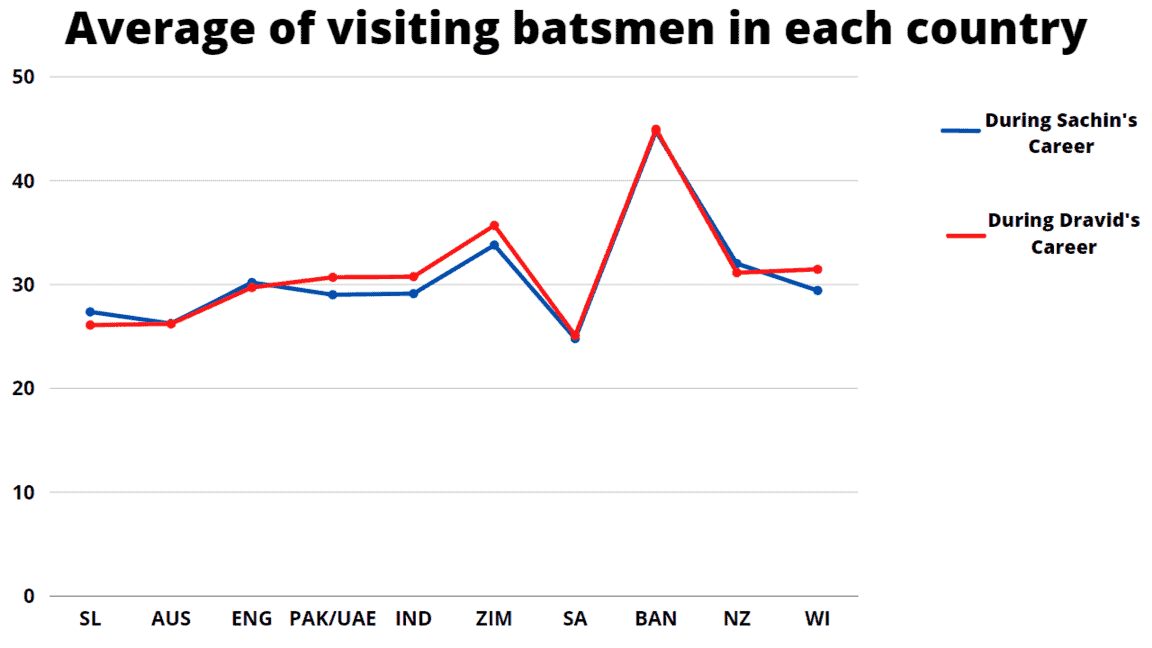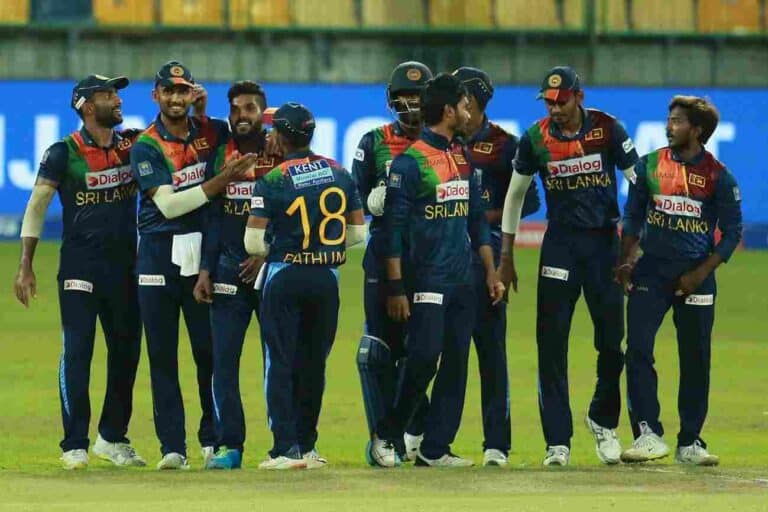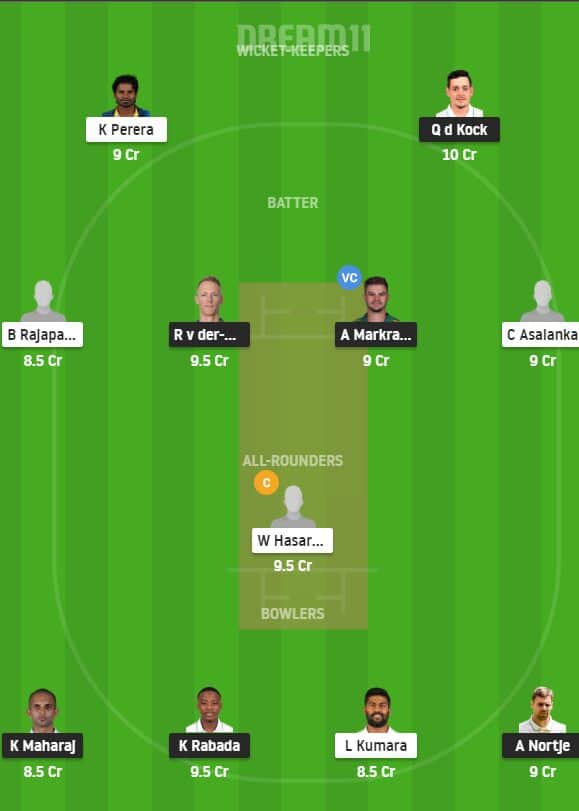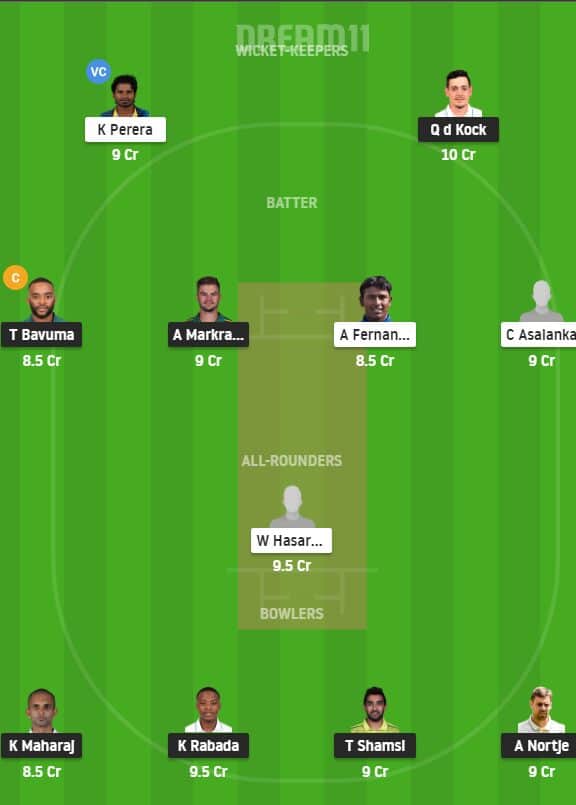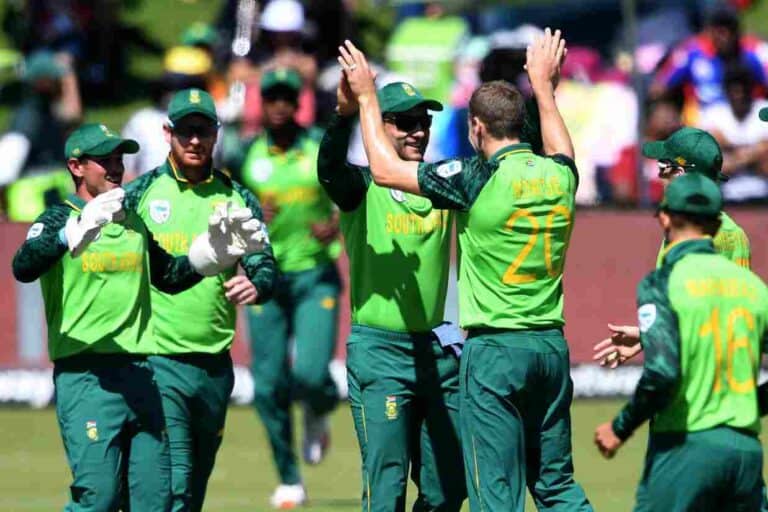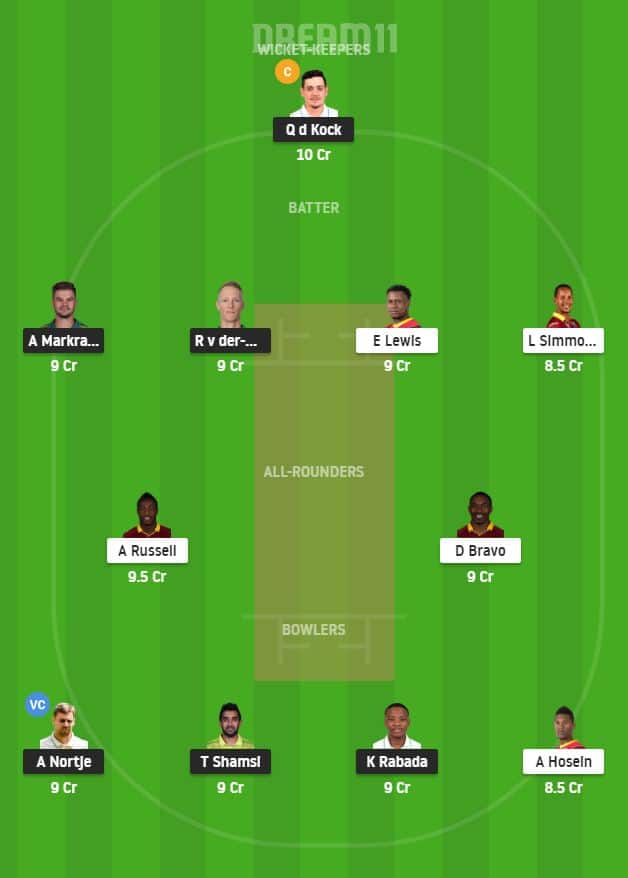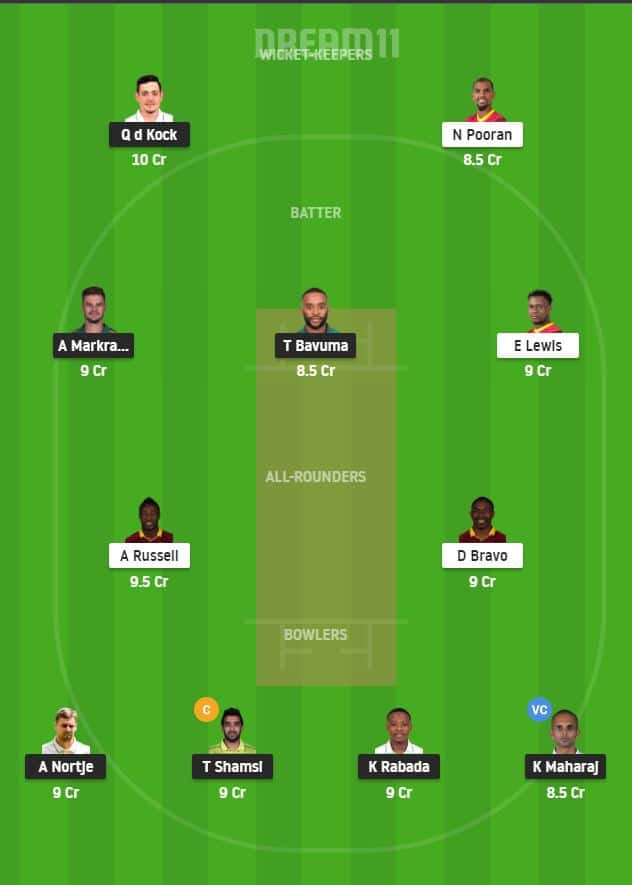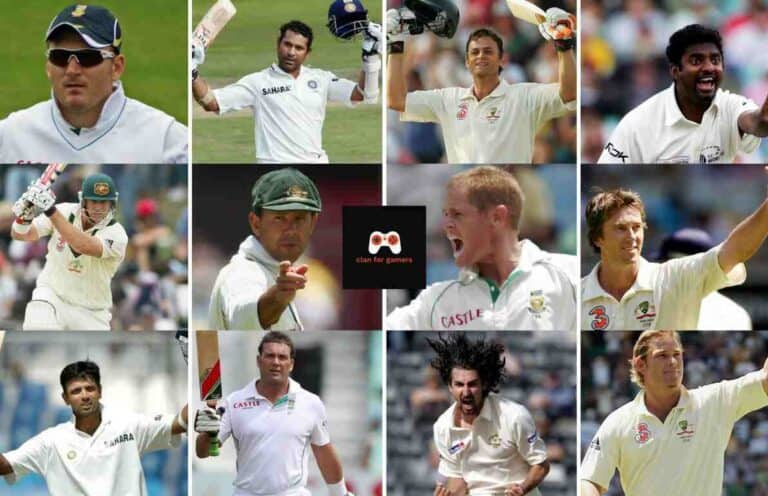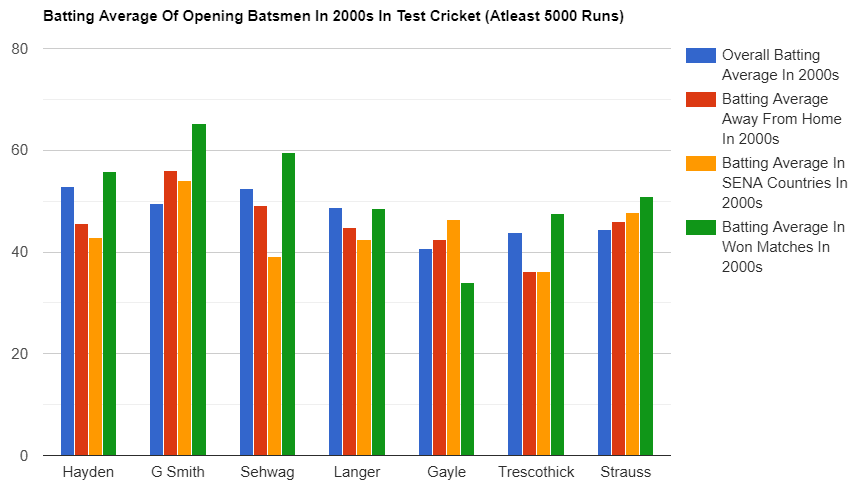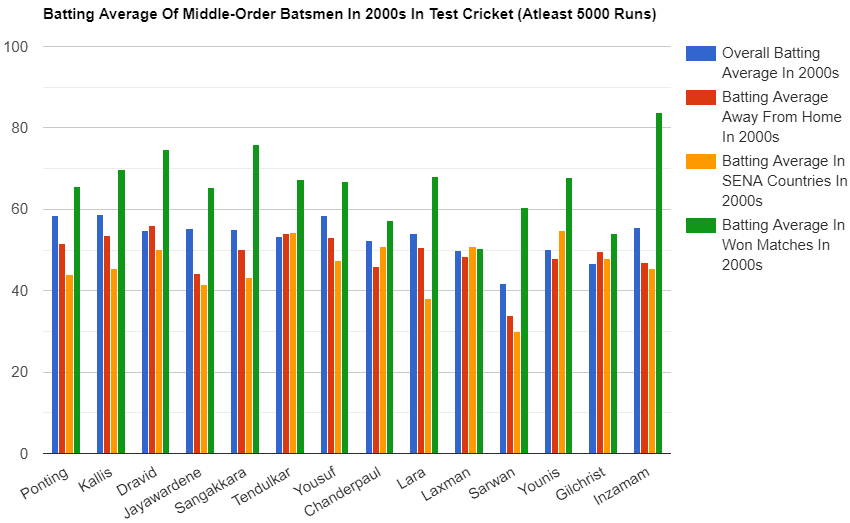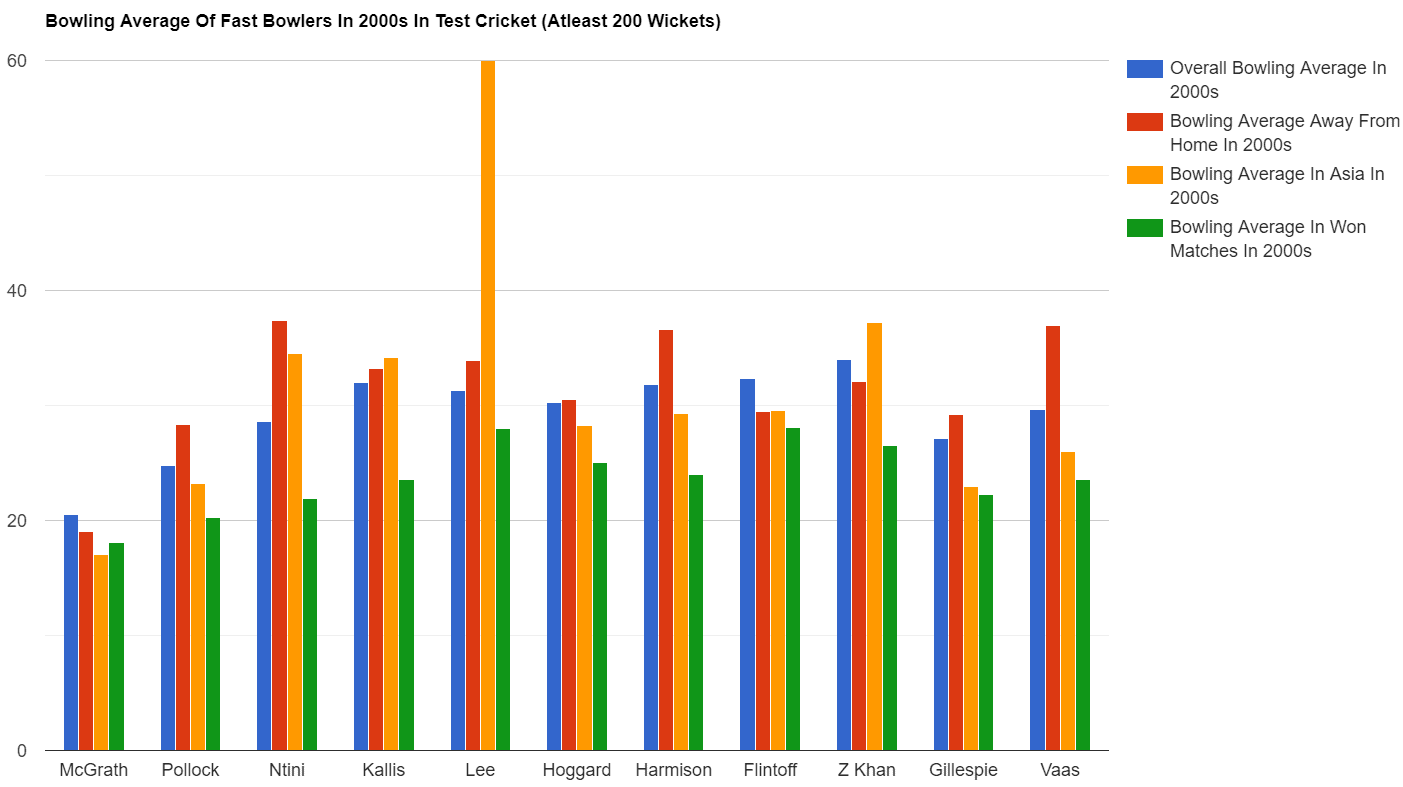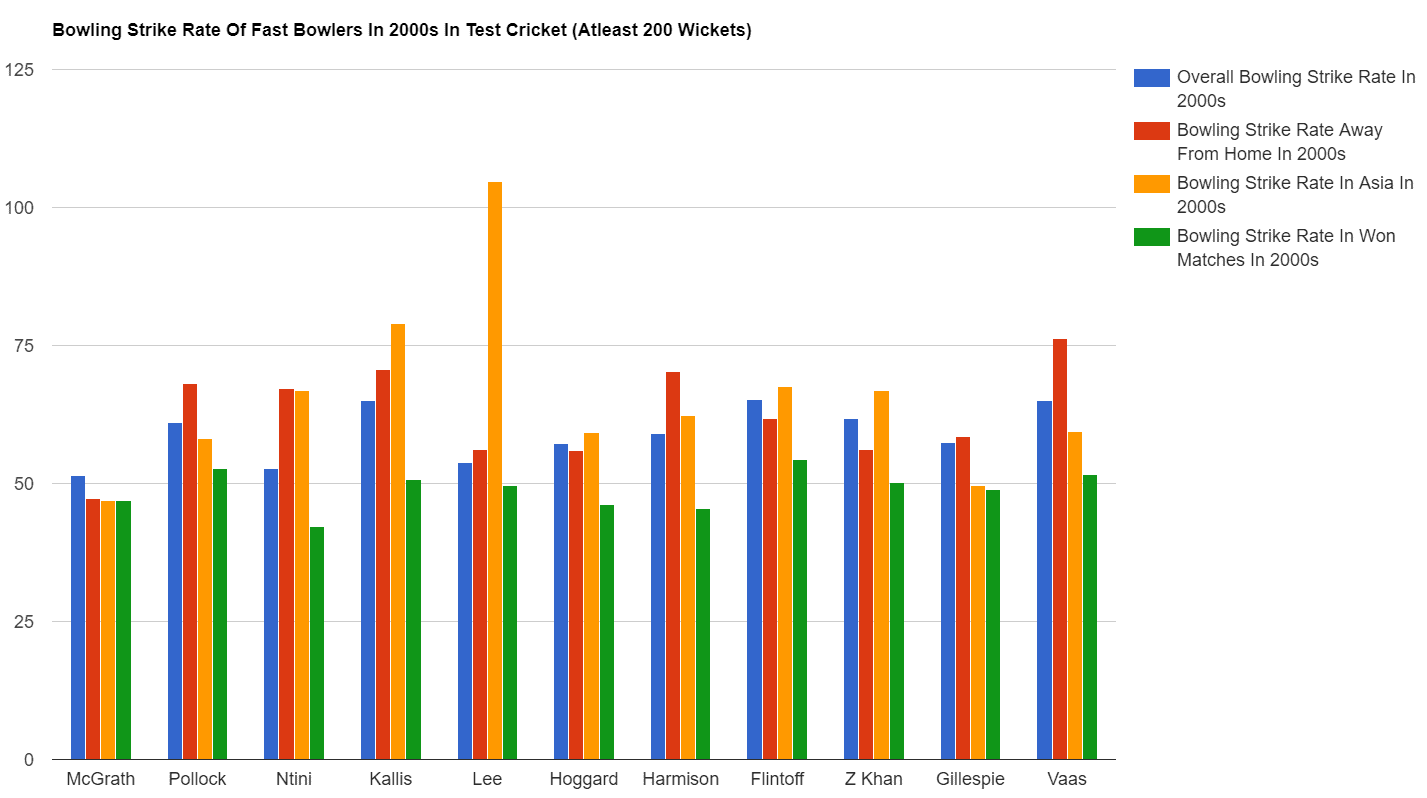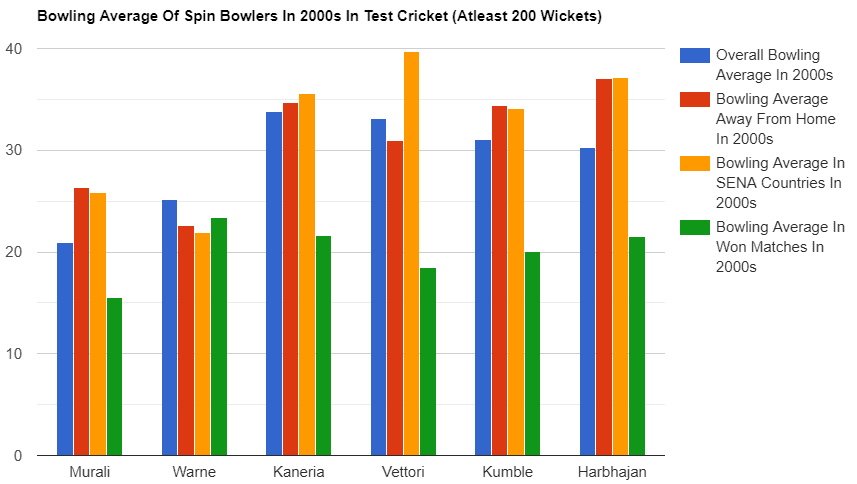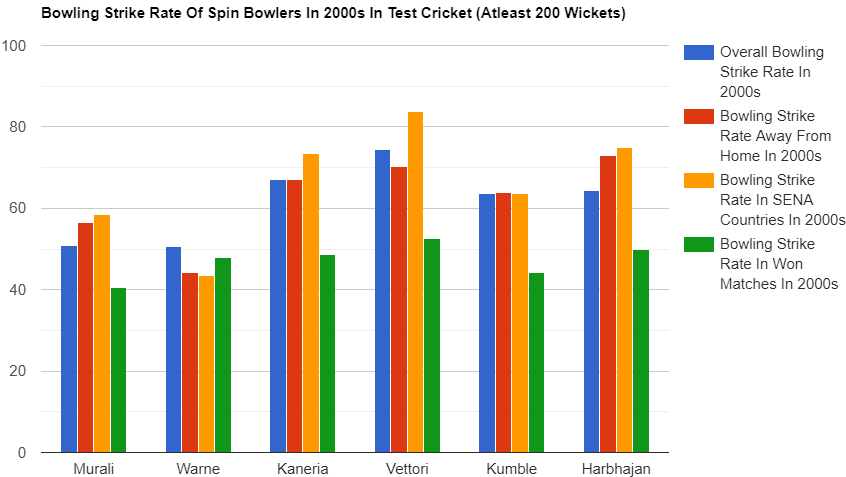It was a series of twists and turnarounds. Story of ruthless domination by New Zealand and then a fiery comeback by the Proteas Lineup.
South Africa was touring New Zealand for a series of 2 Test Matches, to a country that has never won a single test series against them, either home or away.
Although New Zealand has an edge in this series, their team is much better on paper, especially if we look at it from the conditions-oriented viewpoint, and with both the matches being played on the Hagley Oval (lost 1 in the last 10 tests), their chances are considerably higher.
However, South Africa’s recent Test series win against India and Ban’s beating New Zealand, gave SA the conviction to keep their undefeated tally existing.
The unavailability of Williamson, their lead batsman and captain, and Boult, their essential weapon in fast bowling, has also given South Africa a chance and laid the path for a compelling series.
So the motto is simple: A team is playing with the pressure of saving history; another, with the hopes of creating it.
1st Test: Who missed Boult? Maybe SA
NZ won the toss and elected to bowl first, on a pitch that has everything for bowlers.
Matt Henry, a genuine swing bowler made to play in such circumstances, arrived into the playing 11 to fill the vacant spot of Boult.
The contest started with a swinging leg-side delivery by Southee. It gives a glimpse of the swing available on this wicket against a batting lineup that is not tested much in these conditions.
New Zealand bowled out South Africa at 95, 1st test, 1st day, 1st innings and New Zealand are right at the top of this match. South Africa needs a miracle to win it from here, but miracles won’t happen daily.
Henry was the ultimate reason for that triumph, as he delivered a typical swing bowling masterclass, 7/23.
As usual, the pitch started to receive questions from cricket pundits on social media.
On the same pitch, the batting set of New Zealand has scored 482, even without their best batsman not playing, and their most experienced batsman and the most in-form, scoring 15 and 35 respectively.
Henry Nicholls scored his 8th Test century and was involved in some decent stand with Wagner(49).
CDG as typical, scored a Quickfire 45 in 42 balls, and then Henry made this day even more special by being the first batsman to score a test 50 (58*) at No.11 and take a 6w haul in the same match.
482/10, almost 5 times more than SA Total, and SA now have to score 387 runs, not to win the match, just to make NZ bat again, to survive an innings defeat.
A rock-solid start becomes a crucial requirement at this point, The score of the Top 3 in the innings is 0,0,2. Quite rock-solid!!
Southee took the last wicket of Glenton Stuurman to grab his 14th 5w haul in Test cricket and his 202nd wicket in NZ surpassed the count of Sir Richard Hadlee (201).
The match is officially over here, SA was dismissed for 111-10, and they lost the match by an innings and 276 runs, simply a humiliating defeat.
No positives have emerged from their side; their batting failed miserably, their bowling didn’t go well, and even their fielding was not up to the spot.
Henry got the Man of the Match; New Zealand didn’t miss Boult, but cannot articulate the identical for South Africa.
With this triumph in the Test, Latham and Co will come into the second test with a lead of 1-0, and they are ahead, a step has been taken to rewrite history.
Important Points/Stats:
- Since the start of 2019, out of the 20 matches on NZ soil that have produced results, NZ has won 9 matches by an innings margin.
- For the first time in their Test history, South Africa got all-out under 100 runs against New Zealand.
- This was New Zealand’s first test victory by an innings against the Proteas.
- 205 is the Lowest Score of South Africa after losing all 20 wickets in a test match against New Zealand. The previous lowest was 419 runs, more than double.
- Matt Henry, as previously stated, became the first No. 11 to score a half-century and take a 6w haul in the same match.
2nd Test: A Remarkable Comeback
Both captains came to the toss at the same venue as that of the 1st Test; Africa won the toss, and Elgar took to bat first, even after their spectacular batting exhibition in the prior match; that decision at that glimpse of the moment looked surprising.
The 1st session thoroughly changed the viewpoint of looking at that decision; the wicket was offering comparatively less movement. Neither perfect bounce was present; numerous deliveries got carried to the keeper even in the 1st session.
As a result of these elements, SA managed to get an opening partnership of 111 runs, equal to their best team total in the 1st innings.
Erwee arose as the champion from the Proteas lineup “That’s what Proteas fire is“. In the second test match of his career, he scored 108 against a terrific fast-bowling attack.
While others didn’t manage to score big, however, 5 scores more than 30 (no one scored a fifty among them) laid the foundation for a more than a good aggregate of 364, not a mountain-size one looking at the pitch and because they were 199/1 at the moment. Yet it was enough to fight, adequate for the bowlers to bowl with soul and intention, sufficient to keep the odds alive.
Their batting clicked, and their bowling did precisely better by dismissing 5 players, at the score of 91. Yes, half of the team goes back into the dugout at the moment where 273 runs are required to match the opposition total. SA is ahead, ahead by a decent margin at the moment.
Mitchell and CDG, the last 2 players remaining (who were playing on their batting capabilities), disappointed South Africa by trucking a partnership of 133 runs before Maharaj dismissed Mitchell at 60.
CDG- when he plays in full flow, looks so satisfying to the eyes, scoring his 2nd Test century after being stuck in the 90s for around 50 minutes.
NZ finished at 293; CDG remained not out. It was a wholehearted inning by a player whose career was on the decline for the last 1-2 years. He has recreated many vital knocks for NZ at critical junctures.
Coming into the match again, South Africa had a lead of 71 runs going into the 2nd innings.
Their primary aim is to cross 300, although to turn the match in their favour, they have to ensure a target of at least 350.
They began, as usual; their top order failed. Southee ripped apart both openers by the score of 23. This series was a nightmare for, South African Skipper (55 runs), can say this for all the opening batsmen. Baring Erwee and Elgar’s opening stand, in the first innings of the second test, the openers scored 59 runs in 12 innings.
Southee’s improvement since 2018 is just remarkable, even though Test cricket has become much more bowling friendly since that time; still, the progress is more than just what an average bowler has enhanced since then.
Henry then delivered a ripping Yorker to get rid of Markram (14); his form has been on the low side for a year now, and his runs are not coming (153 in the last 12 innings,). The good thing is that he is just 27 years old and will only improve from here.
The partnership between Bavuma and Rassie went well before Neil Wagner: The Partnership Breaker for NZ got both of them inside the span of 6 overs.
Wiaan Mulder, a bowling all-rounder, came to bat with Kyle Verreynne, a guy who has a great first-class record in South African Domestic Cricket, but in the 8 Test innings in his career so far he has never crossed the score of 30 even once.
They both struck a partnership of 78 runs, Kyle got his first test 50 and then converted that to his first test 100. Mulder scored a crucial 36. Rabada played an absolute gem worth of an innings. His 47 runs in 34 balls were the reason, NZ’s chances of winning this Test are practically over.
In between Rabada and Mulder, Jansen got out at 9 to a spectacular grab by Will Young near the boundary rope.
Kyle stands till the end alone; sometimes it is required to stand out from others. He played an innings like… No need to go way back in time for that, the dots of his innings can be connected to the innings of CDG in this match.
Elgar declared the innings at 354/9, giving NZ a target of 426 in roughly 130 overs.
Rabada then delivered a fiery opening spell and dismissed both openers inside 13 balls in this inning; Kiwis are now 6/2. It was an unsatisfactory series for both skippers; Latham scored 16 runs in 3 innings.
Maharaj, even though we didn’t talk about him in this article, has performed quite well with the bowl (his 36 was also crucial in the 1st innings).
He clean-bowled Henry Nicholls at the score of 7, and Mitchell at 24 (almost an unplayable delivery: pitched on the line of off-stump and just turned enough to beat the edge and dismantle the bails) to make things even worse for New Zealand.
At the end of Day 4, NZ were 94/4 with Conway, who was hoping to convert his gritty knock of 60 runs to something bigger, at least a century; he has to play a major role to decide the fate in the end.
Blundell, who just opened his account with a single on the last ball of Day 4, is playing with him.
The chances of a win are practically open for one team only; this game ended as a draw, and will be nothing less than a win for New Zealand.
Their task is just to survive the 90 overs; on the other flip, South Africa will be aiming for 6 wickets.
The 1st Session of Day 5 just witnessed a single wicket, but that was the most important one; Simpamla bowled a terrific spell, and in the end, he got his reward. Conway fell just 8 runs behind his well-deserved century.
The centurion in the last innings from New Zealand came to the crease. He survived a huge LBW shout on the second ball he faced.
Now, after the dismissal of Conway, all the hopes of NZ fans have shifted towards him and his partner.
Blundell started in the 1st session quite positively by hitting 2 boundaries in the over of Jansen. He is playing on 44* and now the only realistic hope of NZ rescuing this match lies within this partnership.
And that realistic hope just lasted for 15 deliveries in the 2nd session. Jansen took him on the short ball, with the catch being taken by the team’s best fielder, Bavuma.
Jansen was breathing fire from the start of the 2nd session; he dismissed CDG in his next over itself, and Jamieson after a tiny gap of around 5-6 overs. Again both the wickets on the short ball.
The match was practically over at this point. You cannot expect the bottom 3 players to survive a session and a half; Southee then just started swinging his bat here and there and then while doing the same, he got out to a well-directed short ball by Rabada.
Then due to the disturbance caused by Rain, an Early Tea has been taken. Just after that Tea break, in the 2nd over (94th of NZ innings), Maharaj bowled a bowl pitching between the middle and the off stump, going straight to hit the pads of Matt Henry.
The umpire picked his finger up, and then Henry reviewed it, just for the sake of formality. That review didn’t change the fate and the match is now officially over. New Zealand got out to 227, their third-lowest all-out score at this venue. South Africa won the match by 198 runs.
Elgar and Co prevailed to keep their history alive; South Africa still didn’t lose a single test series against the Blackcaps.
Kagiso Rabada won the Man of The Match Award for taking 8 wickets and scoring 53 runs in this match.
Important Points/Stats:
- Kagiso Rabada now has 7 MOM awards in his 52-match Test career; among the active fast-bowlers, only Broad(10) and Anderson (8) are ahead.
- Sarel Erwee and Kyle Verrynne both scored their first test 50 in this match and converted it into their first test hundred.
- The margin of 193 runs is the biggest defeat margin (in terms of runs), in the last 15 years for New Zealand at Home.
That’s the end of our test series report for the South Africa Tour of New Zealand 2022. Hope you all liked it.
Don’t forget to share your opinions in the comments section and also share this article with your friends.

